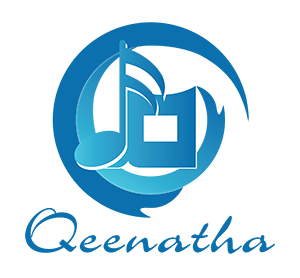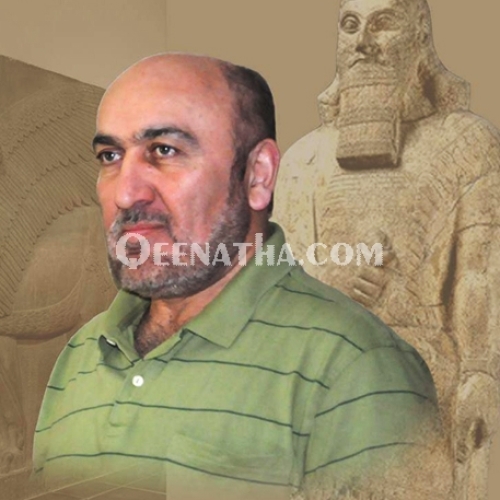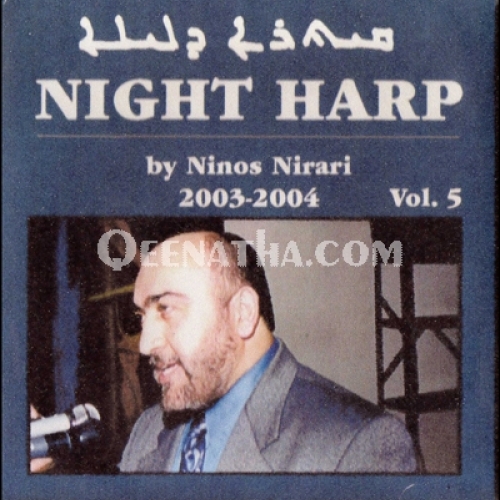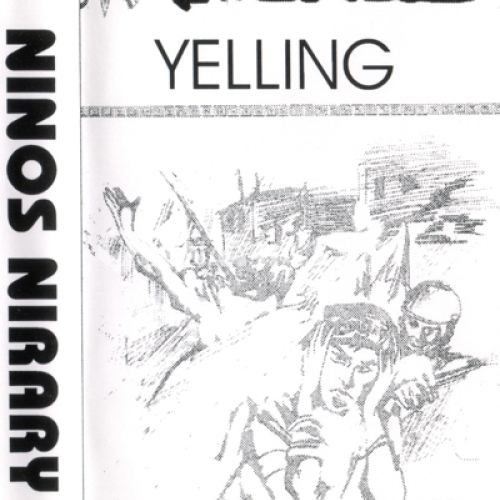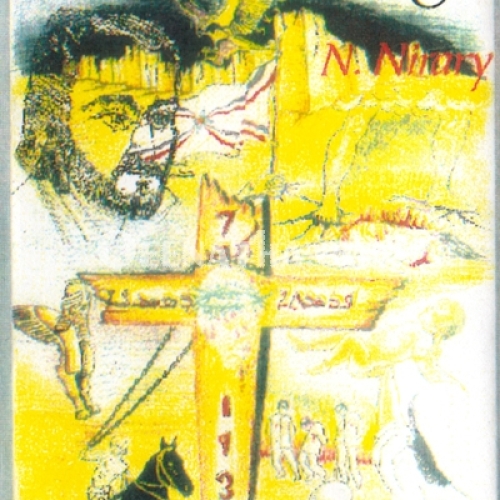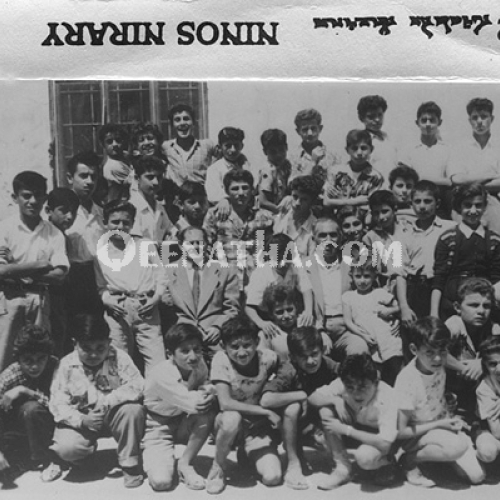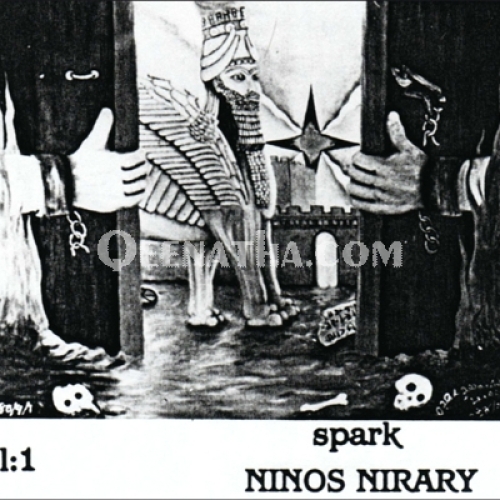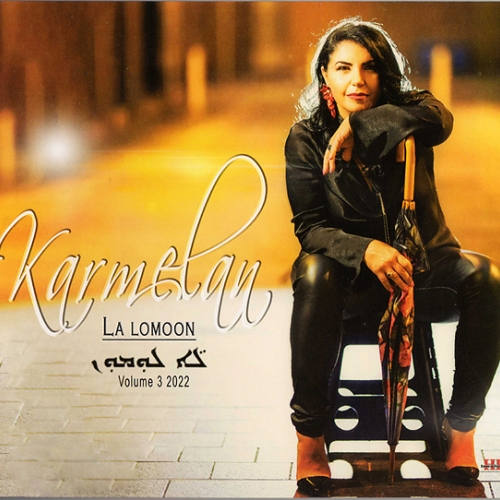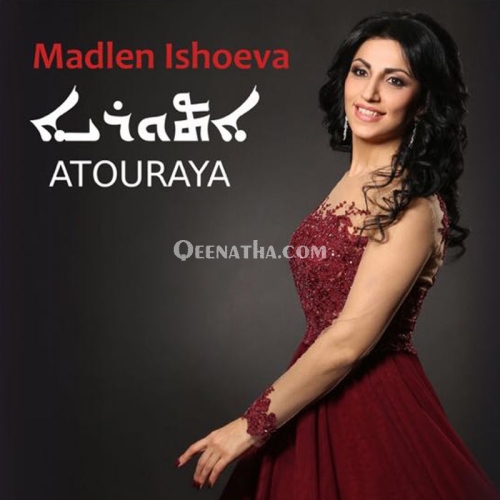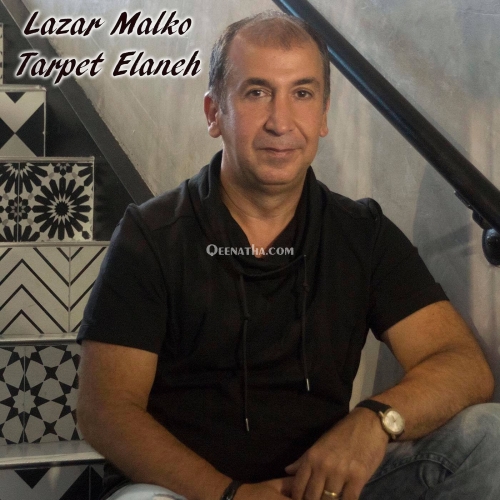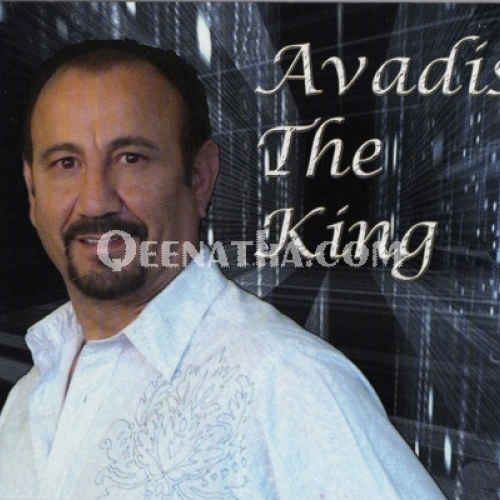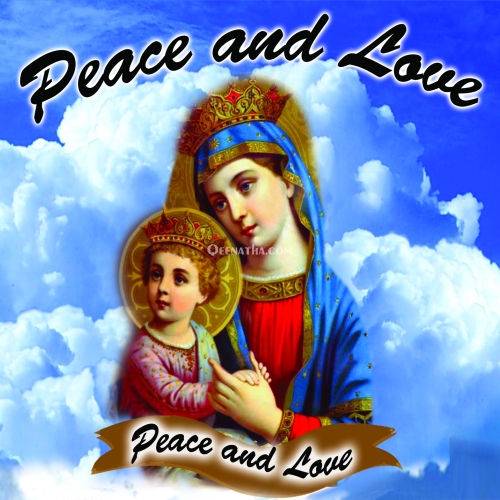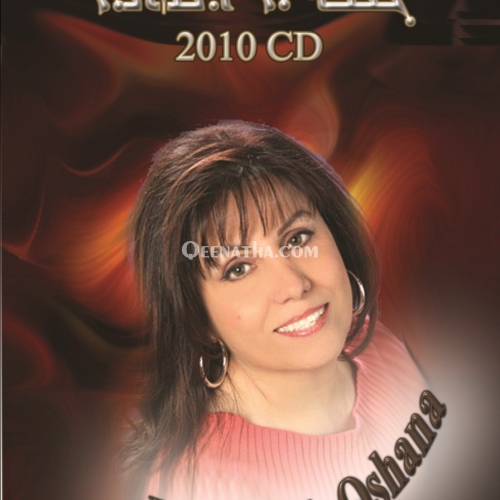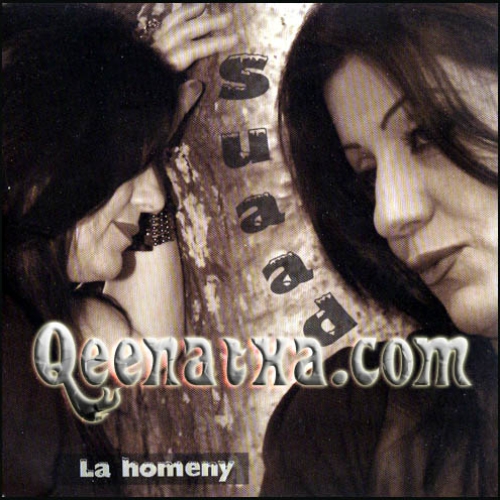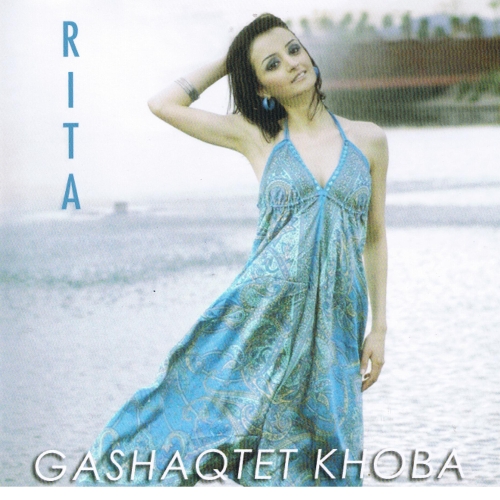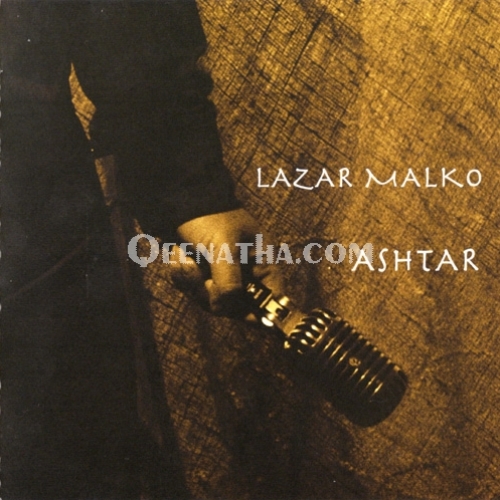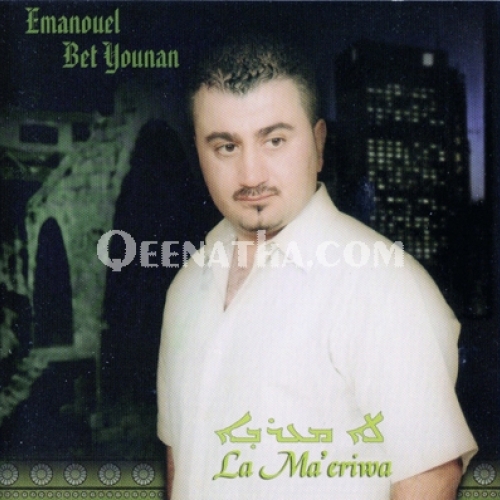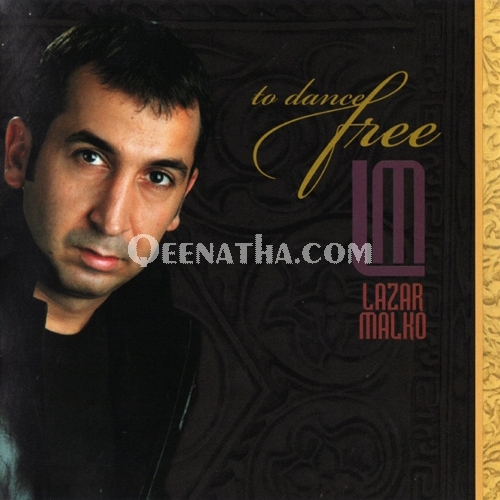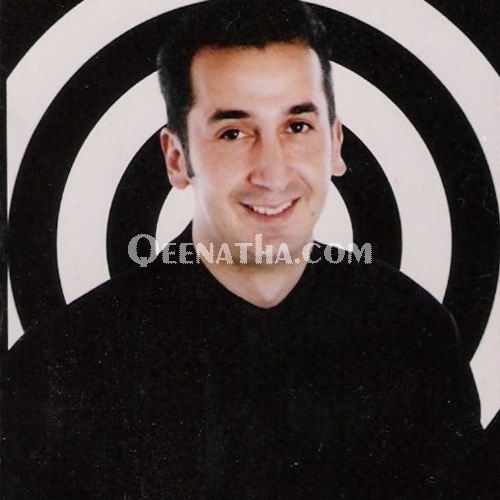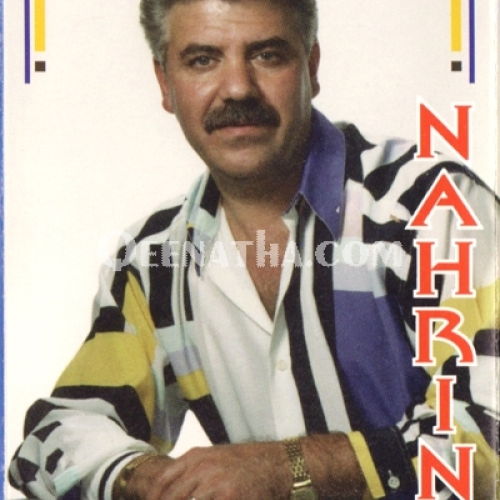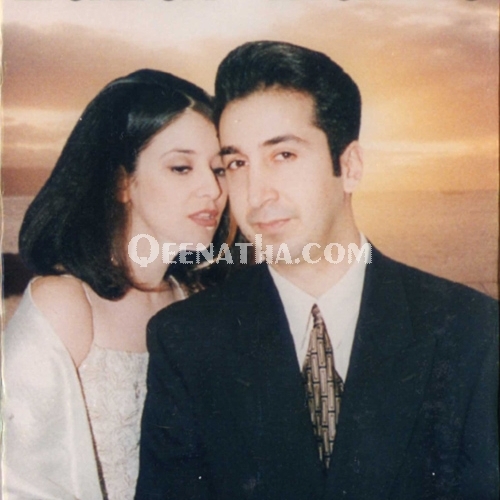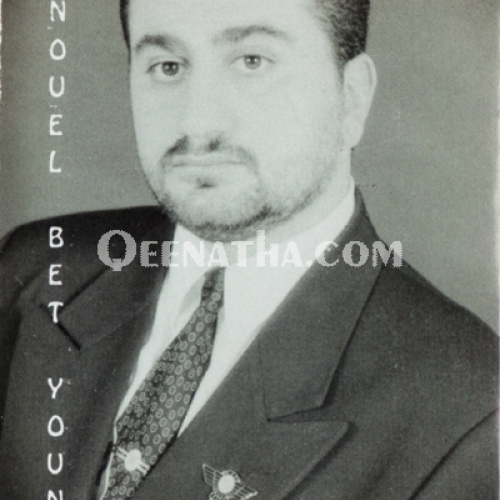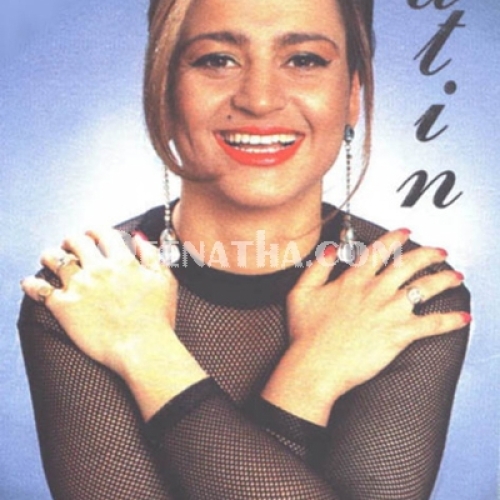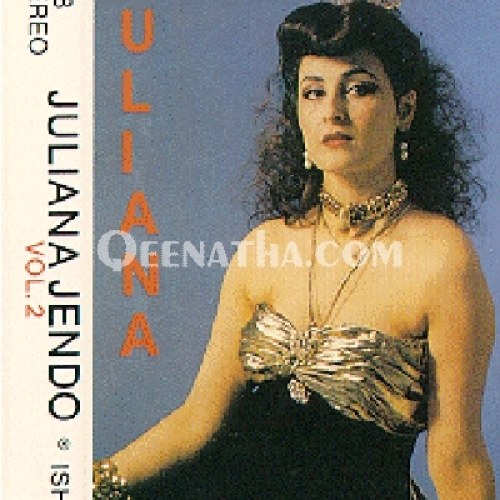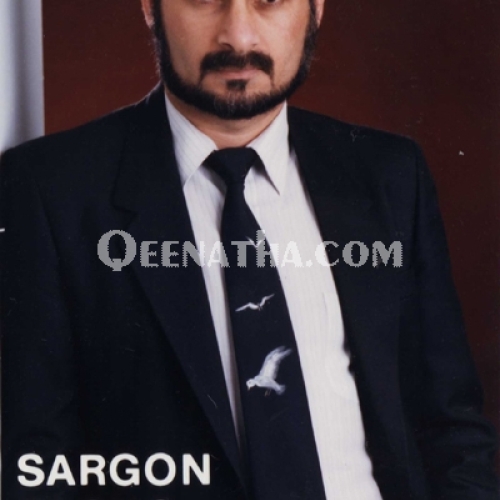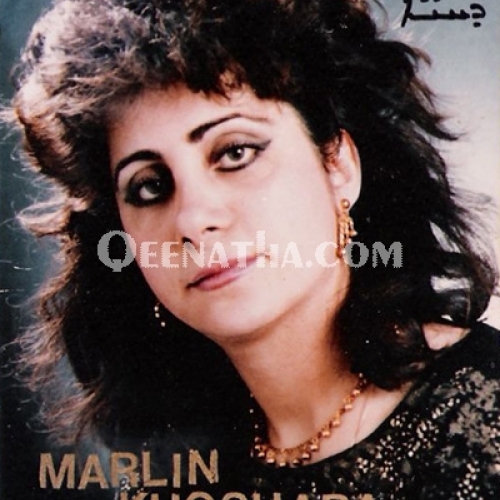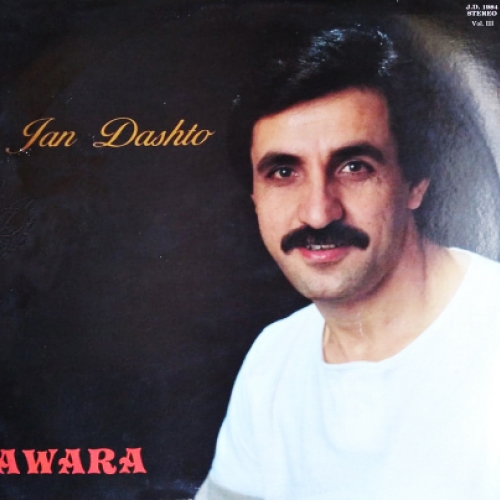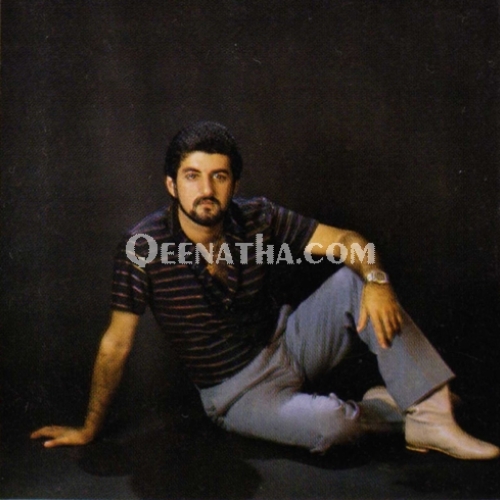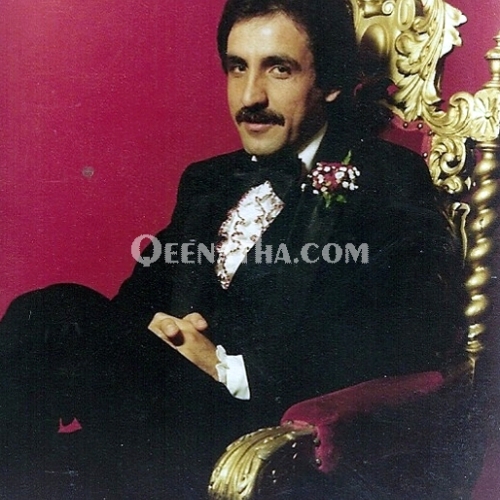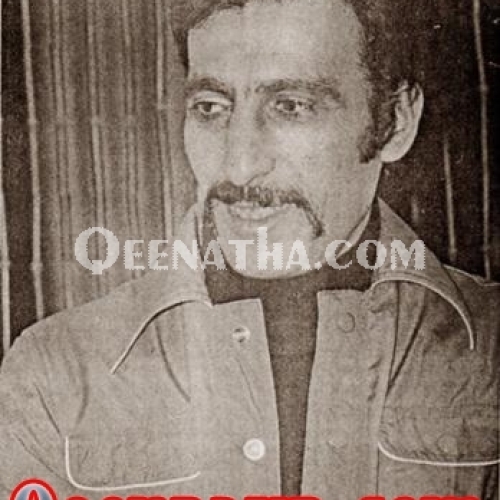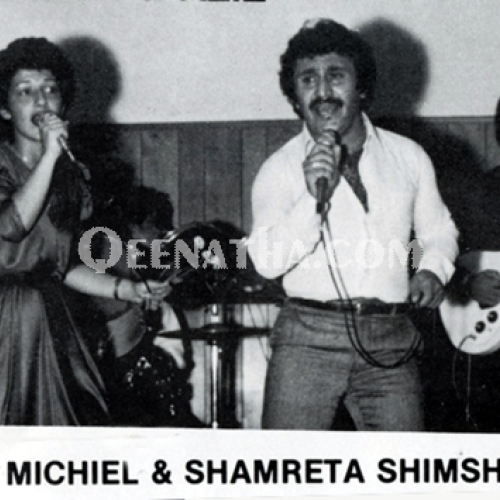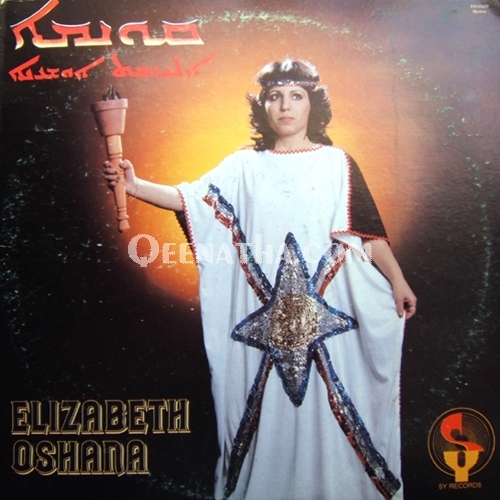Ninos Nirari
Details
- Artist Type
- Poet
- Biography
-
Ninos was born in the Al-Dawasa locality in the city of Nineveh (currently Mosul) on March 15, 1954
In 1958, his family moved to the village of Tal Kaif. And in 1960, his family moved to Ain Zala's oil village, and there he joined the primary school of the village of Zammar.
In 1965, he traveled with his family to the city of Kirkuk, in which he completed his primary education at the Assyrian School, where he learned the Assyrian language, and he was an active student who participated in most of the school's activities.
In 1967, he completed his intermediate education in the Eastern School, and his secondary education at Al -Hikma School.
1976 joined the University of Sulaymaniyah / College of Science - Department of Mathematics. He became an effective member of the Assyrian Cultural Society, the Sulaymaniyah branch, where he taught the Assyrian language and its rules.
In 1979, he immigrated to Greece and stayed in its capital, Athens. He was one of the founders of the Assyrian School there. And in that year, he changed his nickname (name of fame) to Nairari, which means: Hanrani (Sindhi). From that time, he became known as: Ninos Nairari.
In 1980 He immigrated to the United States of America, and lived in Chicago. Soon, he became an active and participating member of all Assyrian activities in the city from teaching the Assyrian language to the establishment of cultural evenings. He also received in this city the task of running the Assyrian radio and television.
In Chicago, he joined the University of (Devry Institute of Technology) and obtained a certificate in the electronics field.
In 1993, his book was published (Agha Boutros: Sennacherib the twentieth century) in the Assyrian language).
He issued a number of poetic albums in the form of audio poems in recording tapes, and CDs, and also published his Assyrian and Arabic poems in many Assyrian and Arabic magazines such as: the Journal of the Archeological Intellectual, the Assyrian star, Beit Nahrin, Khuyada, Mahdiana, Nineveh, Language and Literature, Mesopotamia, The magazine, and others. He also published a number of his work on various websites.
Ninos was born in the Al-Dawasa locality in the city of Nineveh (currently Mosul) on March 15, 1954
In 1958, his family moved to the village of Tal Kaif. And in 1960, his family moved to Ain Zala's oil village, and there he joined the primary school of the village of Zammar.
In 1965, he traveled with his family to the city of Kirkuk, in which he completed his primary education at the Assyrian School, where he learned the Assyrian language, and he was an active student who participated in most of the school's activities.
In 1967, he completed his intermediate education in the Eastern School, and his secondary education at Al -Hikma School.
1976 joined the University of Sulaymaniyah / College of Science - Department of Mathematics. He became an effective member of the Assyrian Cultural Society, the Sulaymaniyah branch, where he taught the Assyrian language and its rules.
In 1979, he immigrated to Greece and stayed in its capital, Athens. He was one of the founders of the Assyrian School there. And in that year, he changed his nickname (name of fame) to Nairari, which means: Hanrani (Sindhi). From that time, he became known as: Ninos Nairari.
In 1980 He immigrated to the United States of America, and lived in Chicago. Soon, he became an active and participating member of all Assyrian activities in the city from teaching the Assyrian language to the establishment of cultural evenings. He also received in this city the task of running the Assyrian radio and television.
In Chicago, he joined the University of (Devry Institute of Technology) and obtained a certificate in the electronics field.
In 1993, his book was published (Agha Boutros: Sennacherib the twentieth century) in the Assyrian language).
He issued a number of poetic albums in the form of audio poems in recording tapes, and CDs, and also published his Assyrian and Arabic poems in many Assyrian and Arabic magazines such as: the Journal of the Archeological Intellectual, the Assyrian star, Beit Nahrin, Khuyada, Mahdiana, Nineveh, Language and Literature, Mesopotamia, The magazine, and others. He also published a number of his work on various websites.
